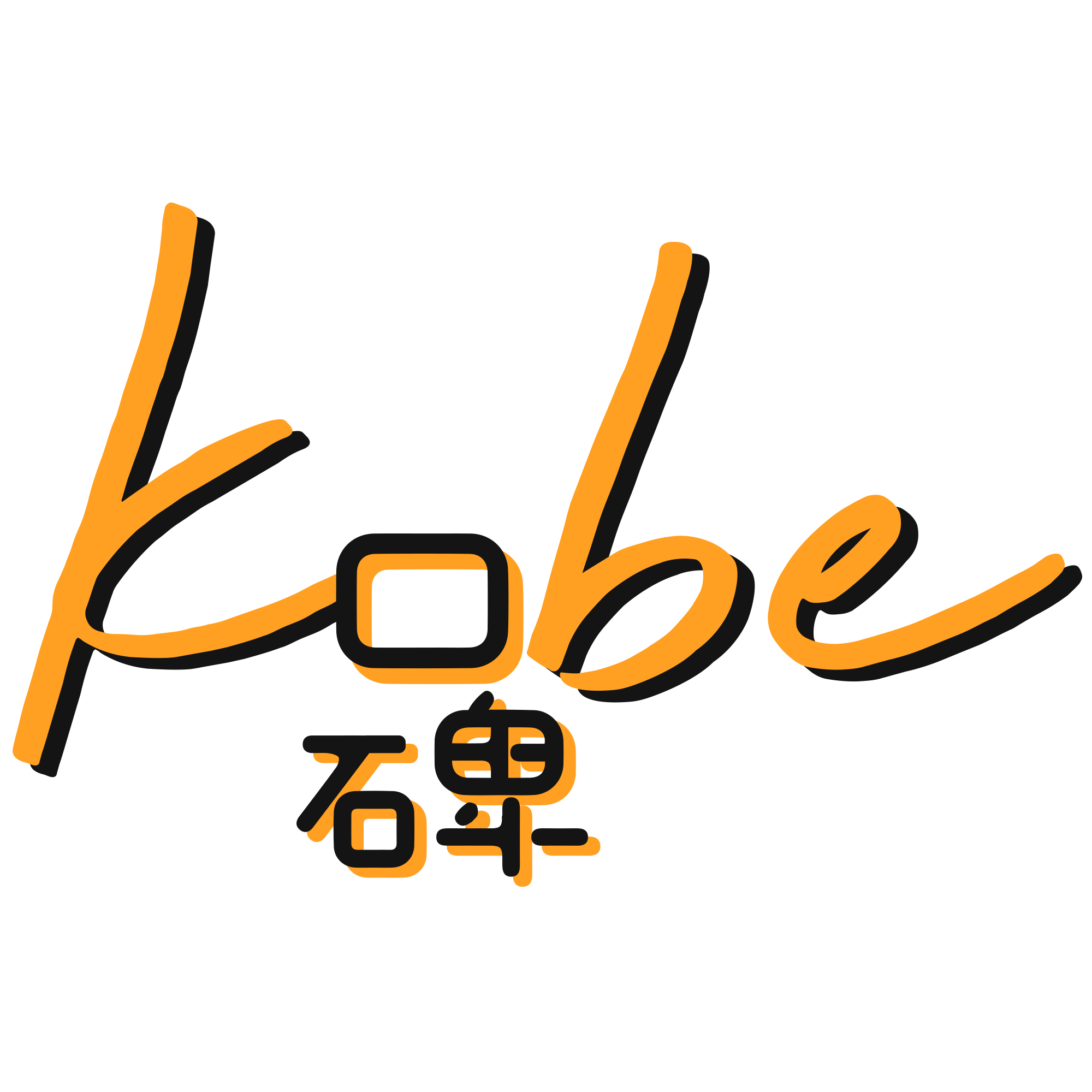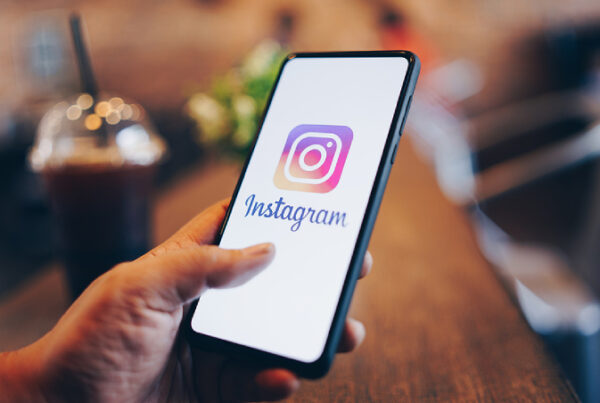What is Visual Storytelling?
So what exactly is visual storytelling? Let’s break them up for easier inference.
Visual = images/anything within your sense of sight
Storytelling = narration of a story
It’s pretty straightforward, isn’t it? Visual storytelling can be simply inferred as “using visuals to tell a story”. To define it in marketing terms, visual storytelling refers to:
Basically, visual storytelling helps brands to deliver a meaningful story through impactful visuals that somehow facilitates their purchasing process (can be directly/indirectly). It can be anything that fits into the periphery of the eye eg. images/GIFS/videos. You might be getting a better hang of this term, but what has it got to do with marketing?
How is it beneficial for businesses?
1. You get more attention
Just so you didn’t know, it has been psychologically proven that us humans are visually attracted creatures. In fact, our brain is largely considered as an image processor more than a word processor. Based on researches, visuals are actually processed 60,000 quicker as compared to texts in a human brain! You may find this helpful:

Source: https://www.b2bmarketing.net/en/resources/blog/10-benefits-visual-storytelling-infographic
In marketing context, the rule to thumb is to first attract your target audience. How are you going to do it if your audience aren’t going to be attracted in the first place? With visuals being more habitually appealing to our eyes, it’s easier to get your content right into their range of view.
If you have a message to convey, take a new product launch for example, you obviously can’t expect to update your social media with tons of information about your new product in text and foresee thousands of consumers getting all excited about your new launch. The hard truth is, majority of them would probably just scroll past your painfully curated caption.
2. Connect with your audience
As stated above, visual storytelling involves “placing your customer at the heart of the story”.
Let’s take the new product launch back into context. Your main objective will be to establish a connection between your audience and your product. But how does this work?
We’ll look at how Dyson does it:

Watch full video here
I guess most of us are well aware that Dyson is pretty known for its amazing supersonic hairdryer. They could have just posted a decent visual of their sleek-looking product, with descriptions of its various features. Instead, they approached Sonia Chew (987FM Radio DJ), to share her story of how Dyson helped to maintain her beautiful locks amongst her busy schedule, which I believe is one of the struggles of most working adults out there (hey, guys included too!). Viewers who are in the same situation would be able to relate to her situation, and instantly connect themselves with the product. See what Dyson did there?
By connecting with your audiences and hitting the sweet spot of emotions, you are indirectly establishing a relationship with them as well. Visuals does the job.
3. Increase Brand Loyalty
Since visual storytelling contributes to establishing a connection with your audiences, as time goes by, they start to know your brand better. Not just about your product, but also your company, other product categories your brand carries, and so on. Once a positive connection has been established, they are more inclined to viewing any information about you. They start to follow you on Instagram/Facebook, keeping themselves on track about the latest news and updates. That’s right, they’re now a fan of your brand. It’s definitely not easy to garner such attention from your audience, and that’s what most brands crave for.
Brand loyalty takes time, but incorporating visual storytelling into your marketing strategy could possibly help you to associate with your audiences on a closer level. After all, it’s a useful game plan to draw your audience’s attention in the first place, subtly bringing them together with your brand’s story, and connecting them with a personal touch. Do remember, your content has to be influential enough in order for this to be successful though, it’s not an overnight job well done!




